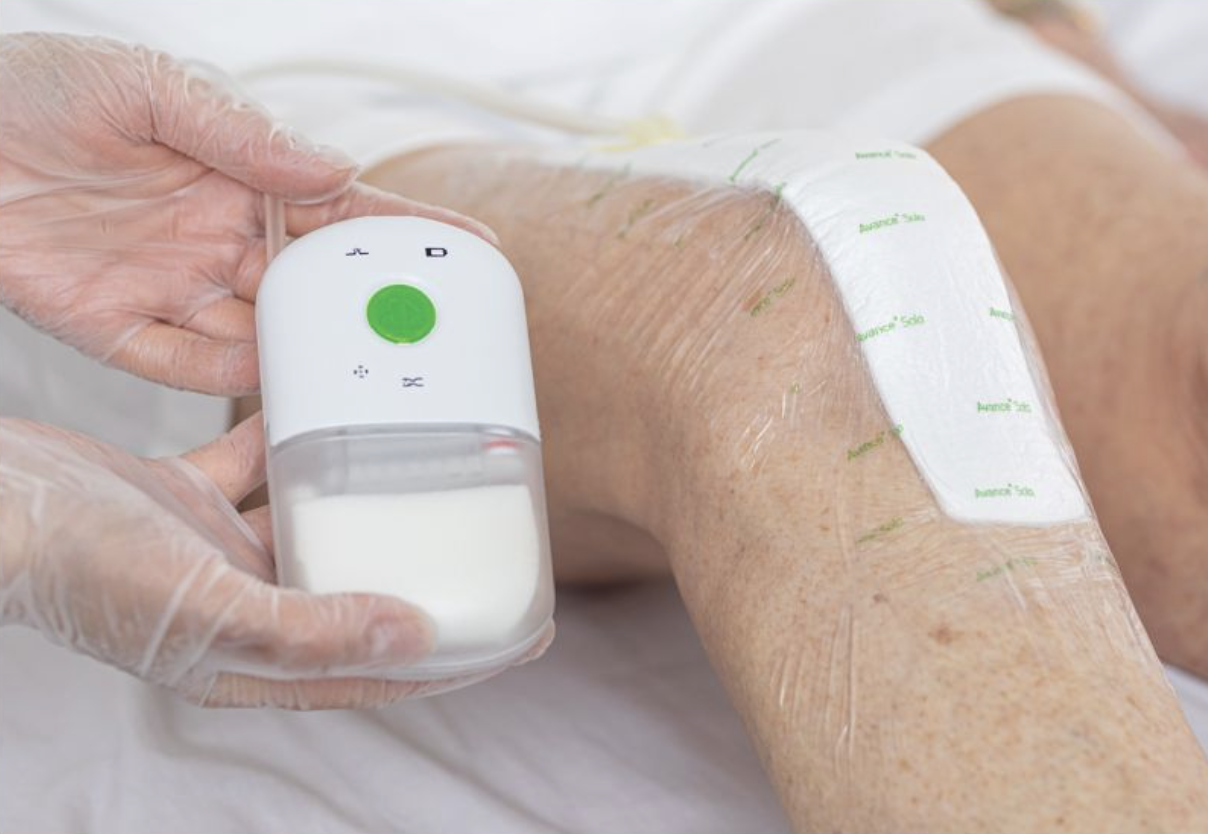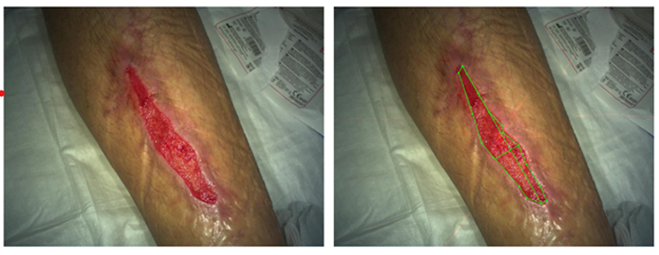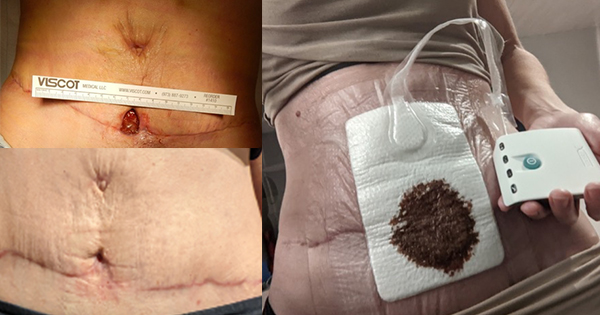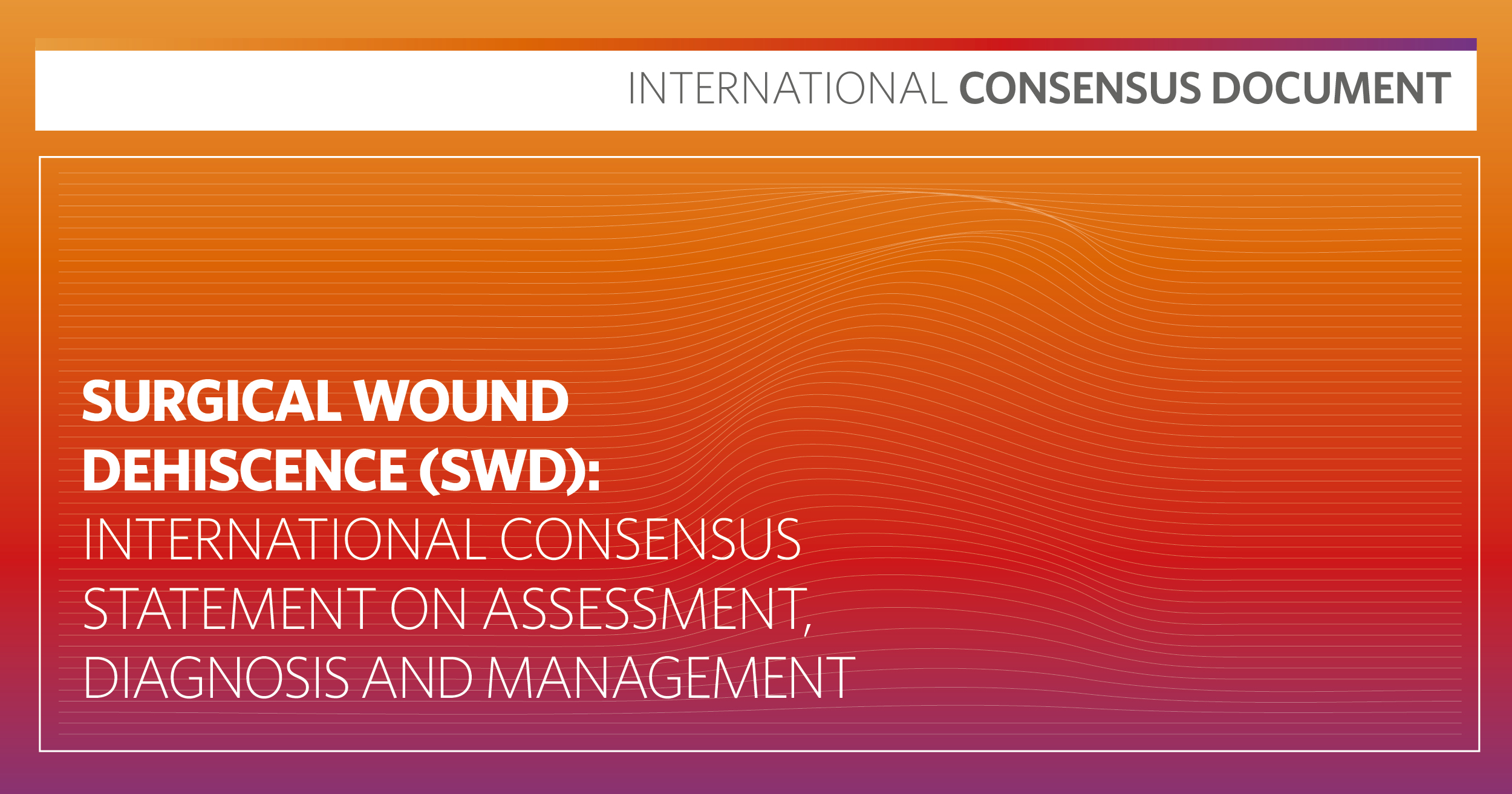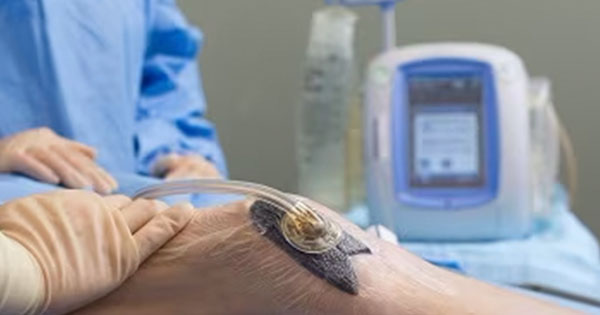Wounds that result from surgical interventions should, in theory, present less of a clinical challenge than other types of wounds as they are generally ‘clean’ and formed by pre-determined incidents. However, despite many advances in the technologies and techniques used in the pre-, intra- and post-operative phases of patient care, surgical site complications continue to be a major cause of delayed healing, morbidity and mortality, all of which contribute to a significant economic burden on health care providers (Sandy-Hodgetts et al, 2020). Post-operative dressings are integral to the management of closed surgical incisions and, in order to ensure a continuum of care throughout the healing phase, ideally should provide the following: flexibility, good adhesion and ‘stay-on-ability’, high absorption capacity, protection of the surrounding skin, good seal/ barrier, elimination of dead space between itself and the wound (thus avoiding the pooling of exudate), comfort during wear, atraumatic removal, and ease of use (Morgan-Jones et al, 2022). However, in certain circumstances (e.g. if high exudation/leakage is present or the patient is considered to be at high-risk for surgical wound complications), more specialised interventions are generally required. One such intervention is the application of negative pressure over the incision site, i.e. closed incision negative pressure wound therapy (ciNPWT). The first part of this supplement provides a detailed review of the published data generated from research undertaken in both laboratory and clinical settings to elucidate the mechanisms of action of ciNPWT and investigate its efficacy and safety, particularly in relation to the prevention of surgical wound complications. The second part of this supplement introduces the Avance® Solo Negative Pressure Wound Therapy (NPWT) System, focusing on the findings of recent research that has been carried out to evaluate its performance. Also featured are a number of case studies that relate to the use of the Avance Solo NPWT System on closed surgical incisions and highlight the importance of taking into consideration the impact of interventions on patients.

